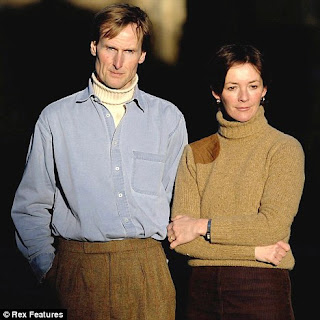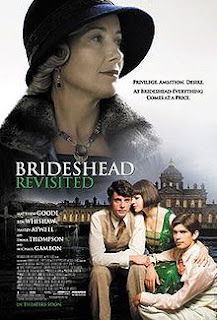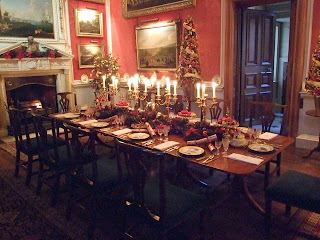Ralph Percy, 12th Duke of Northumberland – title created 1766. Additional titles include: Earl Percy, Earl of Beverley, Baron Warkworth.
History: Part of the original Norman Conquest set, the Percy family have been dominant in their part of the country for centuries. The family pile, Alnwick Castle, has been featured in Blackadder and stand in as the Hogwarts School in the Harry Potter films. The present Duke recently sold a Raphael painting to the nation for £22 million, a deal which attracted controversy because of the use of Lottery funds. But he’s also been buying treasures, as well. Or, rather, returning treasures to their proper homes. On the telephone during a recent Sotheby’s sale, the Duke of Northumberland acquired a piece of ancestral porcelain – a Meissen plate painted with a seated wolf surrounded by flowers, which finally sold for £36,000 against a pre-sale estimate of £15,000-20,000. This follows on from his acquisition of another plate from the service in Part I of the sale last November. Both of the rare Meissen plates are from the ‘Hanbury Williams/Duke of Northumberland’ service dated 1748-1750 which had been a gift from Augustus III, King of Poland and Elector of Saxony to Sir Charles Hanbury Williams in 1748, and probably passed to the then Earl of Northumberland in 1756. Today, all but a few pieces from the service remain on display at Alnwick Castle, and now these two items will be reunited with them.
The newly-refurbished Alnwick Garden has become a major tourist attraction and in 2009 the Duchess was appointed the new Lord Lieutenant of Northumberland.
Holdings: With 132,000 acres, Syon Park in West London and a substantial art collection, he is valued at £300 million and ranked No. 178 on the latest Rich List.
Andrew Russell, 15th Duke of Bedford – Additional titles: Marquess of Tavistock and Baron Howland.
History: The first Duke fought on both sides in the Civil War and was ennobled after the Glorious Revolution of 1688. In 1552, the duke received Covent Garden and seven acres of land in London. The 14th duke gave up most of his holdings in Bloomsbury to the University of London in 1953, but the present duke still has the power to raise the rents in Fizrovia and owns 23,000 acres of land and prime central London real estate. The family has made Woburn Abbey a major tourist attraction and the present duke is busy refurbishing much of the London estate.
For a look at the fascinating life of Mary, Duchess of Bedford, above, click here.
Holdings: Valued at £489million. Owns 23,000 acres and prime central London real estate.
Edward Fizalan-Howard, 18th Duke of Norfolk – date of creation 1483. Additional titles: Earl of Surrey and Baron Maltravers.
History: As England’s senior duke, Norfolk carries the hereditary title of Earl Marshal. As such, he plays an important role in running state occasions. The family’s royal links stretch back centuries and theirs is the only Catholic dukedom. The present Duke’s wife, Georgina, stands in for the Queen at rehearsals of the State Opening of Parliament. The new formal garden at Arundel was conceived ain 2008 as a light-hearted tribute to Thomas Howard, 14th Earl of Arundel (1585-1646), known as ‘The Collector,’ who died in exile in Padua during the English Civil War. Lord Arundel was the first of the great English art collectors, whose antique marbles are now at Oxford, and the library at the Royal Society; but the magnificent Van Dyck and Mytens portraits and some other objects commissioned or collected by him form the basis of the collection now at Arundel Castle, while his retrieval of lost family estates, titles and honours after the disasters of his ancestors’ executions and attainders in the previous century were instrumental in the revival of the Norfolk family. The present Duke’s eldest son and heir, Henry, the Earl of Arundel, 22, is a promising Formula Three driver. You can watch a 1937 Pathe film of the previous Duke and Duchess of Norfolk returning to Arundel after their honeymoon here.
Holdings: Half his 30,000 acres are in leafy West Sussex, while the family also owns a ten-acre parcel of Lon
don valued at £100 million in 2001.



















































